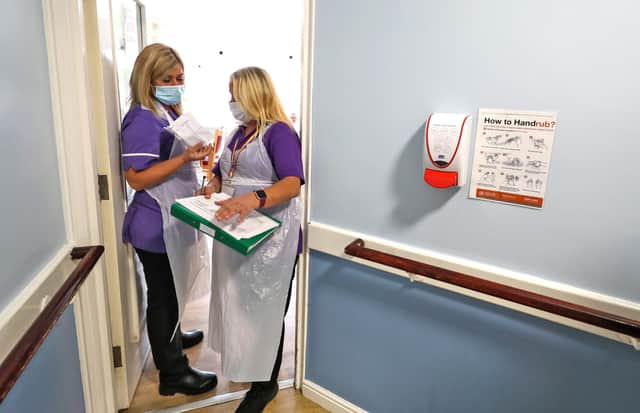Scotland's population figures show that it needs migrants – Scotsman comment


However, it is a slow-burn problem that is gradually storing up trouble for the future.
According to new figures from the National Records of Scotland the population was estimated to be 5.47 million as of June 2020, following a rise of just 0.05 per cent over the previous year.
Advertisement
Hide AdAdvertisement
Hide AdHowever, this increase was only achieved because more people came to live here than left. While Scotland historically suffered from depopulation – more than 2.3 million people left between 1825 and 1938 – net migration been has boosting our numbers for more than a decade. In the year to mid-2019, the population increased by 30,200 because of this.
The new figures show that while there were an estimated 48,700 births during the year to June 2020, there were 63,100 deaths. The Covid pandemic was one reason behind the number of deaths, but even before it began Scotland’s population would have been decreasing without immigration.
In order for a population to grow, the fertility rate, essentially the average number of children per woman, needs to be 2.1. Scotland’s fertility rate has not been at or above that number since 1973 and, in 2019, stood at a record low of 1.37.
The problem with this long-term trend is that the number of pensioners is increasing relative to the numbers of people in work. Unaddressed this could build into a serious and long-lasting economic crisis.
The situation prompted the Scottish Government to launch the first national population strategy in March this year, which hopes to make Scotland more of a “family-friendly nation”, a “healthy living society” and an “attractive and welcoming country”.
With Brexit and the ending of free movement of people, inward migration from the EU has become more difficult. And as the deadline for EU citizens to apply for settled status in the UK looms, there are concerns that some currently in Scotland may be forced to leave.
With many sectors, such as the care industry and agriculture, struggling to fill vacancies, the problems of our ageing population look set to grow, barring a sudden social revolution that increases the fertility rate or a change in the UK Government’s current attitude to immigration.
A message from the Editor:
Thank you for reading this article. We're more reliant on your support than ever as the shift in consumer habits brought about by coronavirus impacts our advertisers.
If you haven't already, please consider supporting our trusted, fact-checked journalism by taking out a digital subscription.
Comments
Want to join the conversation? Please or to comment on this article.
